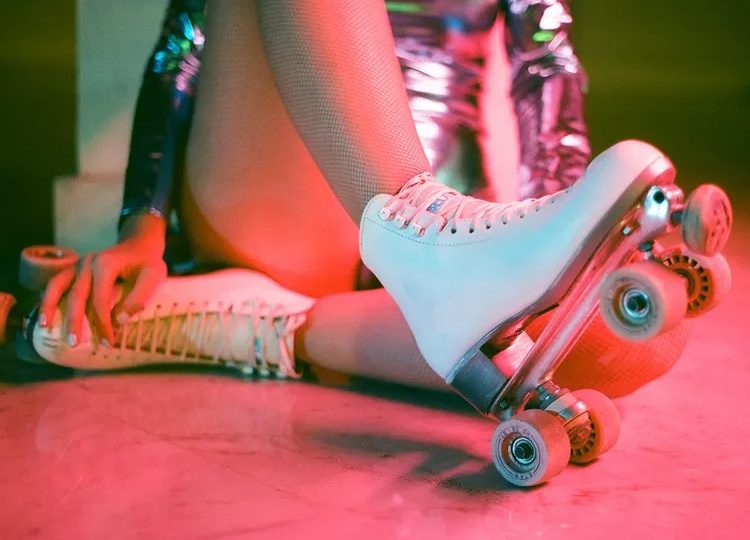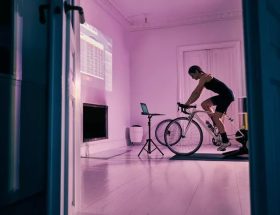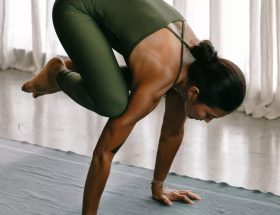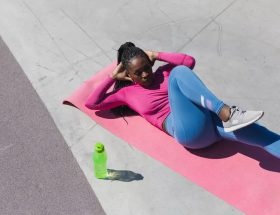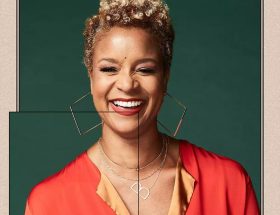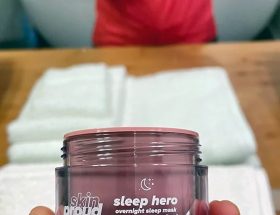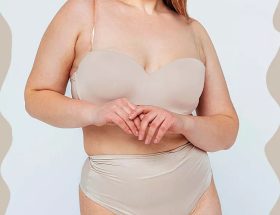Turns Out Roller Skating Isn’t Just Fun It’s Also a Solid Workout
If you, like many others, tried to get a pair of roller skates in recent months, or spent any time on TikTok, you probably noticed that roller skating became everyone*s favorite pandemic activity. And what*s not to love? It*s fun, you can do it outside, and best of all, it*s a great workout. Roller skating gets your leg muscles firing but is relatively easy on your joints, and it can get your heart pumping, even if you*re not rolling to your favorite jams.
If you*re curious about what makes roller skating beneficial for your whole body and what you need to know before you strap on your own pair of skates, read on to see what the experts have to say about it.
Tess Strang is a performance coach for Future.
Andrew Laux is a NASM-certified personal trainer with Fyt.
Brett Durney is a personal trainer and co-founder at Fitness Lab.
Is Roller Skating a Good Workout?
Roller skating is a great form of cardio no matter the age or skill level, says Tess Strang, a performance coach at Future. It*s a lower-impact form of cardio than running and cycling, and due to the need to balance, stabilize, and propel your body forward, you typically use more muscles in roller skating than you do in running,
Andrew Laux, a NASM-certified personal trainer with Fyt, agrees, adding that roller skating is a full-body workout〞it uses both your inside and outside legs muscles, such as your glutes and inner thighs, as well as your core and arms. And since it*s low-impact, it*s less intense on your joints compared with other forms of cardio, like running. It also may be harder than other forms of cardio because it*s less intuitive but faster than, say, jogging or running, so you need to have focus and balance.
What Are the Benefits of Roller Skating?
Just a few of the benefits of roller skating include building balance, muscle control, better posture, and confidence. The more you skate, says Strang, the more you*ll have muscle contractions in the core, glutes, hamstrings, calves, back, ankles, and pelvic floor, and you*ll also build endurance.
Laux says one of his favorite benefits of roller skating is the fact that it*s less impact than running, but you*re in a standing vs. sitting position like with cycling. ※As we get older, we have to think more about longevity and avoiding cardio that beats up our joints,§ he says. Skating is a great cardio workout that not only builds your leg muscles but your upper body muscles too, as you*re rotating your upper torso and using your arms and shoulders to ※pump§ while you skate.
The motion of roller skating also leads to physical benefits, including increasing your balance and coordination. Skating helps with proprioception (awareness of your body in space and time), says Brett Durney, a personal trainer and co-founder at Fitness Lab, as it requires focus to maintain good form, stay upright, and continue moving in the right direction. And it works your body through many planes of motion, whereas many other forms of cardio tend to be linear.
Not to mention, it*s just fun. Whether you*re outside or at an indoor skating rink, alone, or with friends, roller skating can get your body moving without you even realizing you*re working out.
How Long Should You Roller Skate?
Ultimately, it will depend on an individual*s fitness level to determine how long to roller skate in any given session, but the good news is that it doesn*t always have to be super long. Laux says you can get a great workout in just 10 minutes, but he prefers roller skate sessions for 25每30 minutes so there*s enough time to warm up before and cool down afterward.
Once you*ve mastered a good technique, interval training〞for example, sprinting fast, recovering slow, and repeating for a number of rounds〞is an excellent way to have a great and quick workout, says Durney. On the flip side, skating slow and steady (e.g., for 20每45 minutes) can be an effective aerobic workout.
For anyone new on skates, Strang says 10每15 minutes may be long enough before ※the quads and lower body start to feel like Jello.§ She suggests that as you progress in skating, alternate between short interval speed sessions (~15 minutes) and longer steadier sessions (20每30 minutes). ※With longer, less intense sessions, go at a pace that you can have a conversation, see the sights around you, or practice your casual jam skating skills,§ she says.
If you*re looking to make roller skating part of your regular workout routine, Strang also recommends doing a basic strength regime 2每3 times per week on top of 2每4 skating sessions per week. You can start with small plyometric jumps to work the ankles, claves, and hamstrings, and then progress into body-weight exercises such as squats, hip lifts, lower body holds, and core exercises like planks and bear crawls to help with stabilization. ※Once comfortable, or if a more advanced skater wants to increase their skills, I would suggest starting to add in forward-to-backward skating transitions, lateral T-pushes, lateral stepping, or even more advanced skills like jumping and shooting the duck. This will help any skater who wants to build speed or work on skills like jam skating, roller derby, or getting after it at the skate park,§ she says.
Regardless of your skill level, however, Strang emphasizes that it*s important to take the time to warm up the ankles, hips, and knees before strapping up the laces and getting started.
Who Shouldn’t Try Roller Skating?
Anyone who might have knee, back, or shoulder injuries or a serious medical condition should talk to a doctor before trying to roller skate. If you are starting out but haven*t focused on your fitness or ever strapped on a pair of skates, Strang recommends working with a strength coach to specialize a workout in building skills to prevent injury. And if you experience any new pain during roller skating, stop immediately and make an appointment with your doctor.
Laux says it*s important for anyone who wants to try to roller skate to have confidence in their balance and coordination, because once you put skates on, it*s not always easy to stay up. He encourages people to wear all the protective gear and find someone to teach them the basics. Durney echoes this advice, and says that wearing the right safety equipment is essential for preventing injury. But he adds that this shouldn’t automatically scare you off from skating; every form of exercise can be challenging in some form. ※Running and other forms of exercise also come with risks of their own. Always focus on learning technique, invest in good equipment and good skates, and progress slowly.§
How to Get Started
Once you*ve gotten your skates and safety gear, Laux recommends finding a safe place to skate that doesn*t have distractions, like a roller rink at a local public school. Start skating on the perimeter so you have something to hold on to, and find a spot that is five feet in front of you. ※Try and complete one push-off to propel you in the direction of your target location, and keep your skates parallel to &roll* to your destination. Keep doing this until you feel comfortable starting and stopping. Learning how to start and stop is fundamental to roller skating,§ he says.
The Final Takeaway
Roller skating is not only fun but it’s also a low-impact, full-body activity that can make for a great workout. It works your legs and upper body, and can improve balance and coordination. And even if you haven*t strapped on a pair of skates since childhood, it*s never too late to get rolling again. Finding a good pair of skates is key, but so is consistency〞the more you skate, the better your body will be at it. And Strang has one last piece of important advice: Don*t be afraid to fall. ※The only way to learn is to try, and with trying comes some falling.§
